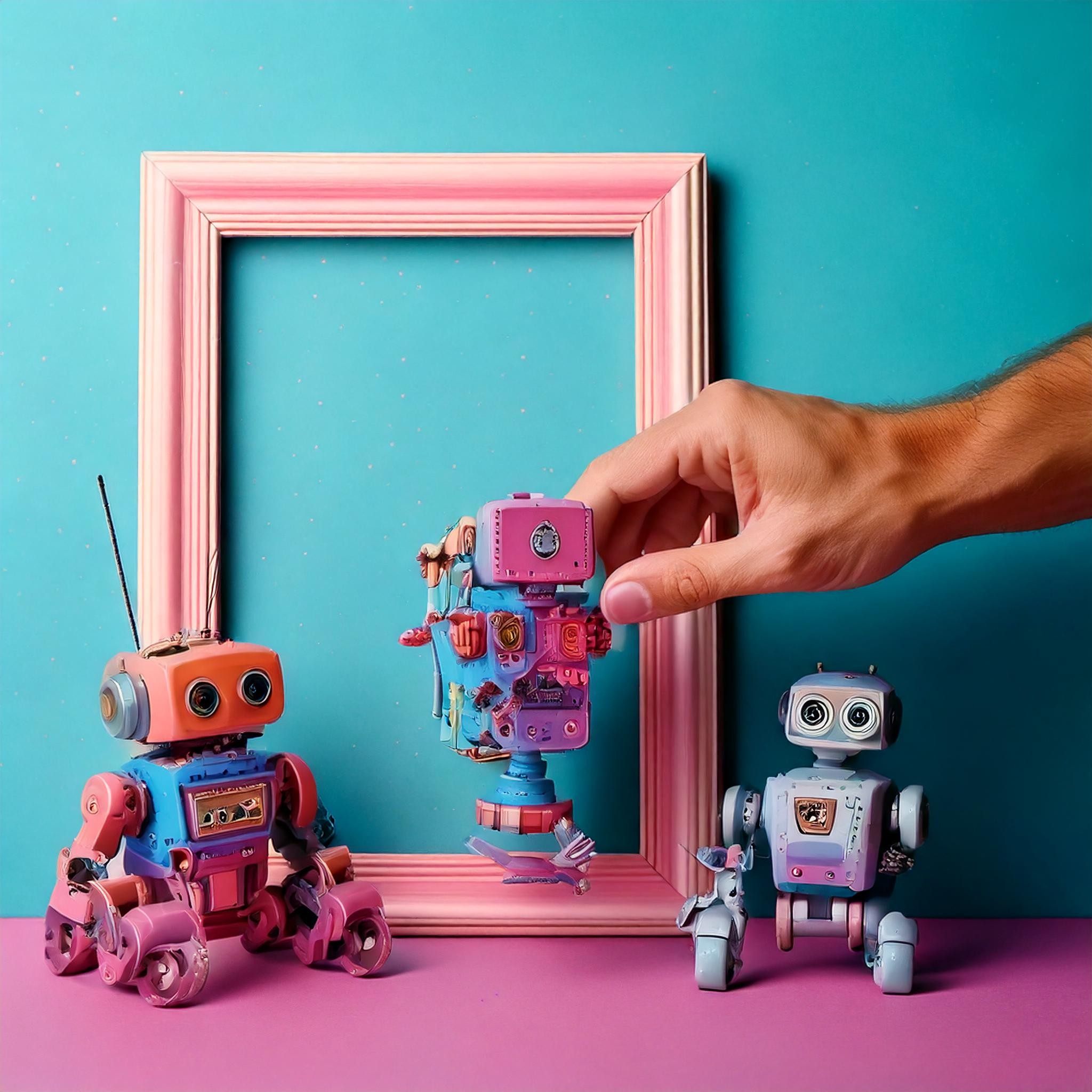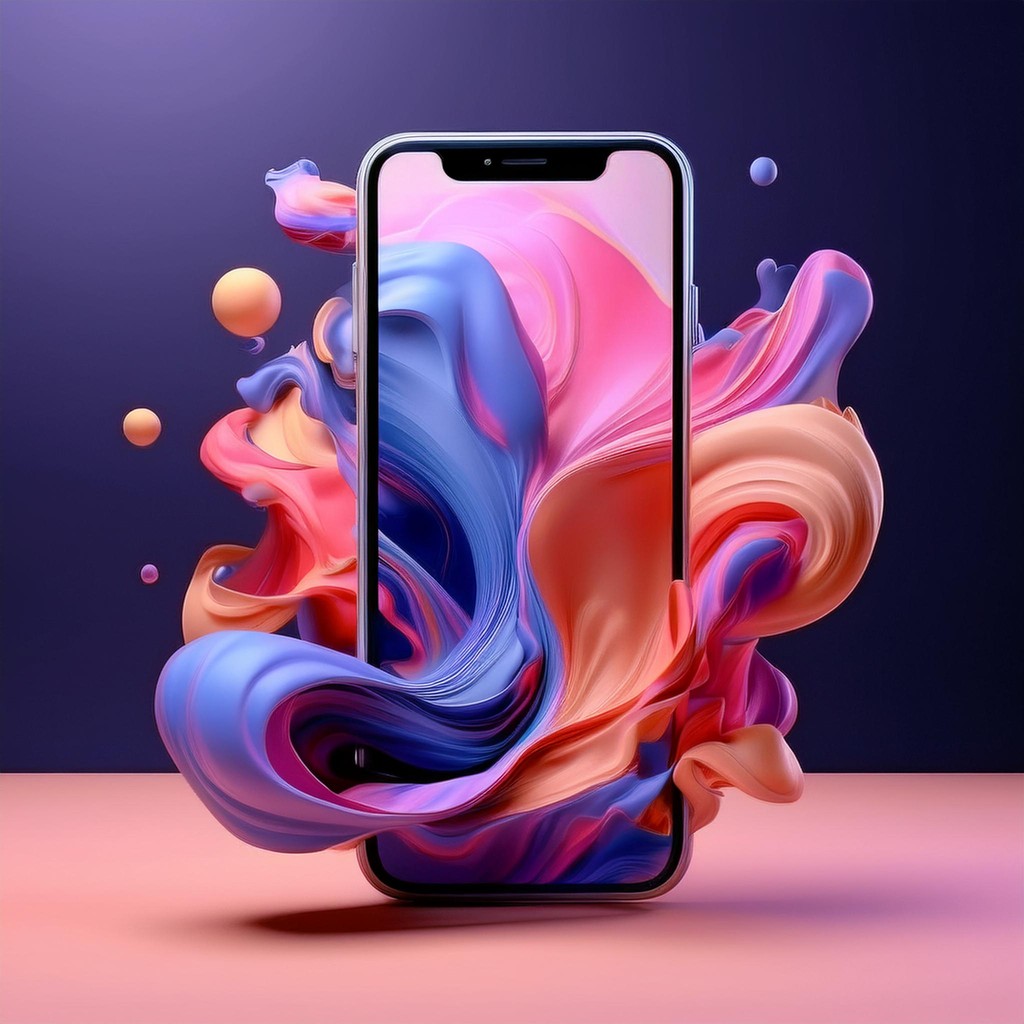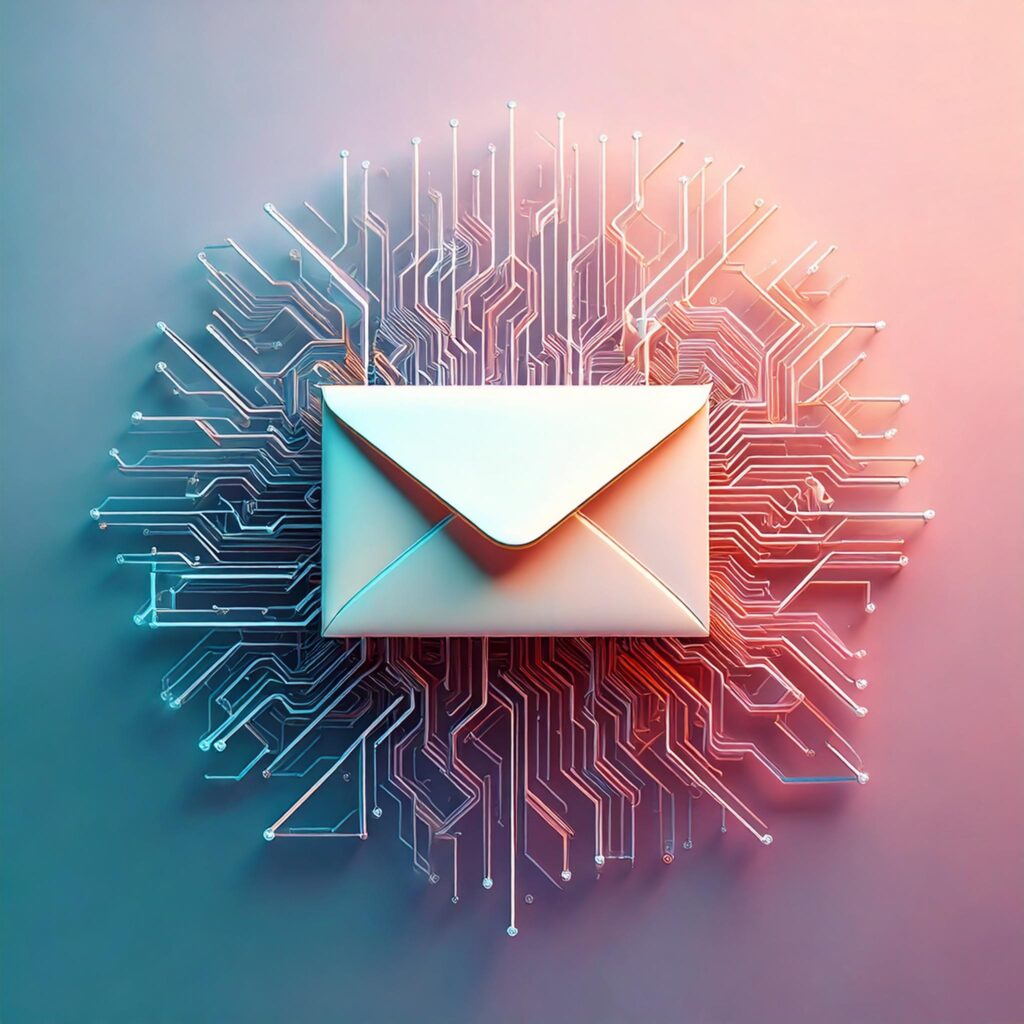Time is our most valuable asset. Balancing content creation, distribution, and analysis often left us stretched thin. That’s when we turned to content marketing automation—a decision that transformed our workflow and amplified our results. We’d like to share our journey and the impact it’s had on our strategy.
Why We Embraced Content Marketing Automation
We faced challenges like:
- Resource Constraints: Managing repetitive tasks consumed valuable time.
- Inconsistent Posting: Without a set schedule, our content lacked regularity.
- Limited Engagement: We weren’t reaching our audience as effectively as we wanted.
Automation offered a solution to streamline these processes, allowing us to focus on what truly matters—creating meaningful connections with our audience.
Implementing Automation in Our Workflow

1. Streamlining Social Media Management
We adopted Buffer to schedule our social media posts across multiple platforms.
- Consistency: Scheduled posts weeks in advance to maintain a steady online presence.
- Efficiency: Saved approximately 10 hours per week previously spent on manual posting.
2. Automating Email Marketing
Using Mailchimp, we set up automated email campaigns.
- Personalized Journeys: Created segmented lists to tailor content to subscriber interests.
- Improved Metrics: Saw a 25% increase in open rates and a 15% boost in click-through rates.
3. Content Planning and Collaboration
With Asana, we automated our content calendar and task assignments.
- Enhanced Collaboration: Team members received automatic updates and reminders.
- Deadline Management: Kept projects on track with automated notifications.
4. Analytics and Reporting
We utilized Google Analytics to automate data collection.
- Real-Time Insights: Automated reports provided up-to-date performance metrics.
- Informed Decisions: Used data to refine our content strategy promptly.
The Benefits We’ve Experienced
- Time Savings: Automation freed up 20 hours per week.
- Increased Productivity: Focused more on creative strategies and less on routine tasks.
- Enhanced Engagement: Consistent interaction led to a 30% increase in audience engagement.
Maintaining the Human Touch

We were mindful to keep our communications personal despite automation.
- Customized Content: Ensured emails and posts were tailored to our audience’s interests.
- Active Engagement: Continued to respond personally to comments and messages.
Challenges and Solutions
Integration Difficulties
- Issue: Some tools didn’t seamlessly integrate.
- Solution: Selected platforms with open APIs and used integration services like Zapier.
Learning Curve
- Issue: Team members needed time to adapt.
- Solution: Conducted training sessions and created user guides.
Our Tips for Successful Content Marketing Automation
- Identify Pain Points: Focus on automating tasks that consume the most time.
- Choose Scalable Tools: Select platforms that can grow with your business needs.
- Monitor Performance: Regularly review analytics to gauge effectiveness.
- Stay Engaged: Use automation to enhance, not replace, human interaction.
Internal Resources
- Read Next: Our Journey with AI-Powered Content Creation
- Related Post: Boosting Engagement Through Social Media Automation
External Resources
Looking Forward
Content marketing automation has been a game-changer. By reclaiming time and optimizing our efforts, we’ve been able to focus on what we love most—connecting with our audience in meaningful ways.
























